A Malaysian in France Chicken and Duck Talk

Chicken and duck Premium Vector
As is apparent, chickens need water for hydration. While this may prove true, there are two main reasons that ducks need water: For ducks, water is an aid in the process of digestion. If you watch a duck, it will take a small piece of food, swish it around in the water, and then eat it. The water begins to break down their food and makes it.

A Malaysian in France Chicken and Duck Talk
To prevent chilling and sickness, replace any brooder box and bedding as soon as the bottom gets damp, usually every two to three days for chicks, more often for ducks. As ducklings grow, their fondness for water increases. If ducks have access to the chicken coop, keeping the chicken waterer outside the coop will help prevent an unhealthful.
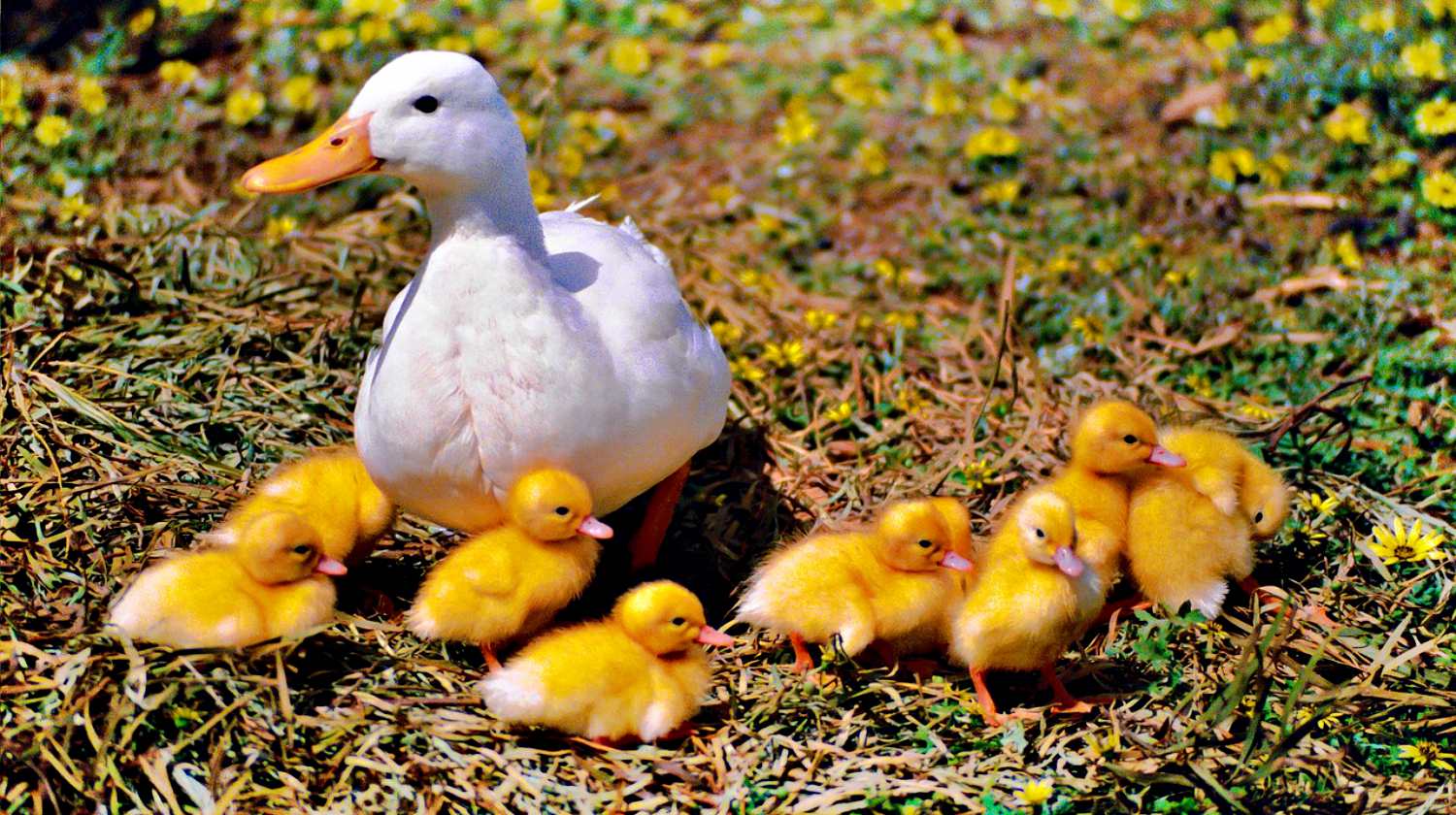
Chicken And Duck Keeping Top 10 Natural Remedies For Your Sick Flock
Alternatively, calculate how much space you'll need and then add 20-30% more to that. For example, if you want a coop that will comfortably house five ducks and five chickens, give the ducks 5 square feet of space each and the chickens 4 square feet. 5 ducks x 5 square feet = 25 sq ft. 5 chickens x 4 square feet = 20 sq ft.

Chicken And Duck Royalty Free Stock Photo Image 26413695
An obvious benefit to keeping ducks and chickens in the same coop is saving the cost of constructing a second structure to house your ducks. Only having one coop to maintain also saves you time and money. Another benefit arises from the ducks and chickens beginning to function like one flock. While chickens have a strong instinct to come in to.

Can You House Chickens and Ducks Together? Blain's Farm & Fleet Blog
Chickens require slightly less space than ducks do, so this will be something to take into consideration when figuring out how much space to provide your flock. Inside the coop, ducks need 4-6 square feet per duck while chickens only need 3-4 square feet per chicken. For the run, ducks need 12-20 square feet per duck.
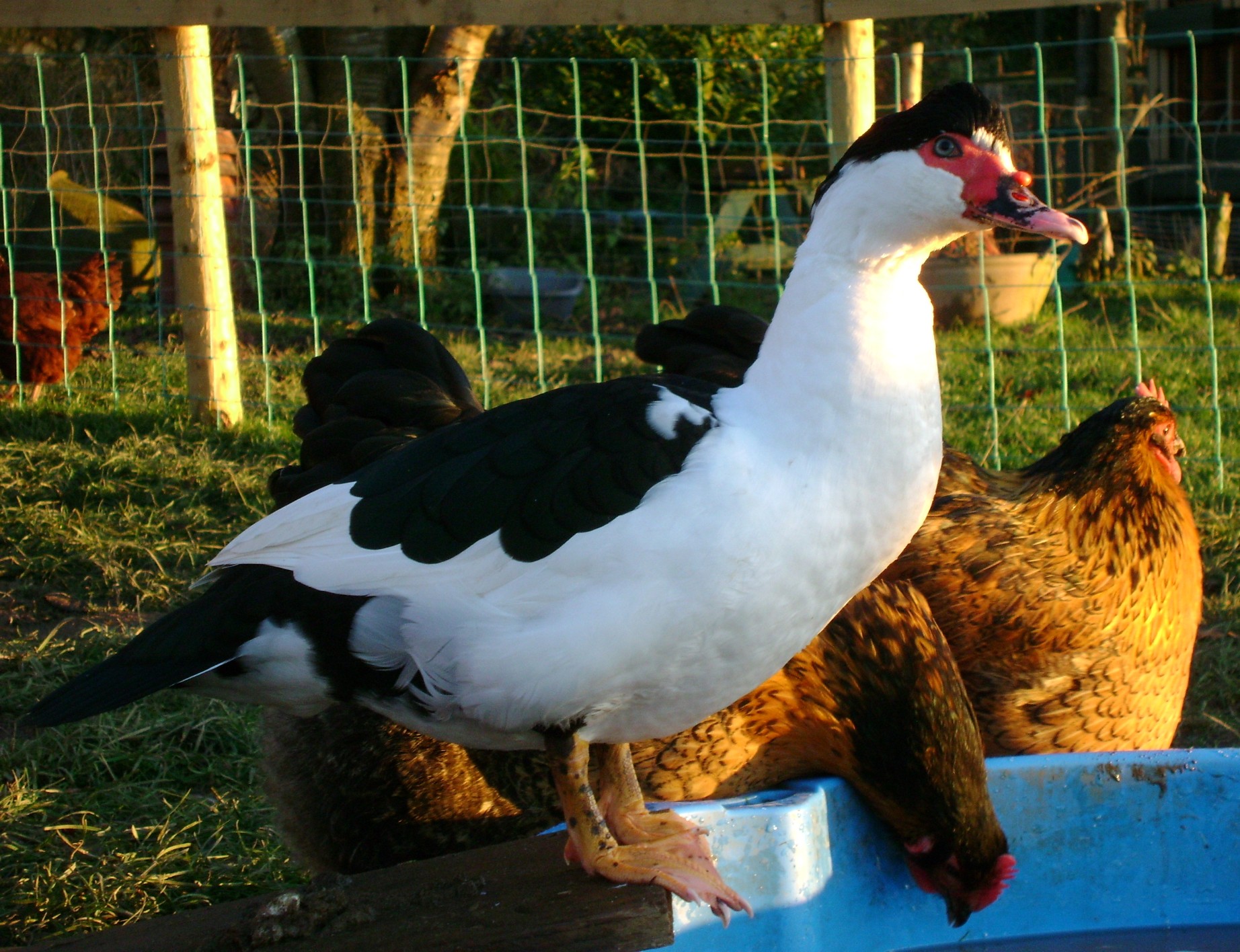
Raising Chicken And Duck Together The Poultry Guide
Both chicken and duck meat can be equally healthy for you - ducks that are raised in a natural environment will have meat and eggs with higher contents of omega-3 essential fatty acids and other nutrients, just as chickens do. Raising chickens and ducks for meat is an identical process - as is butchering and processing..
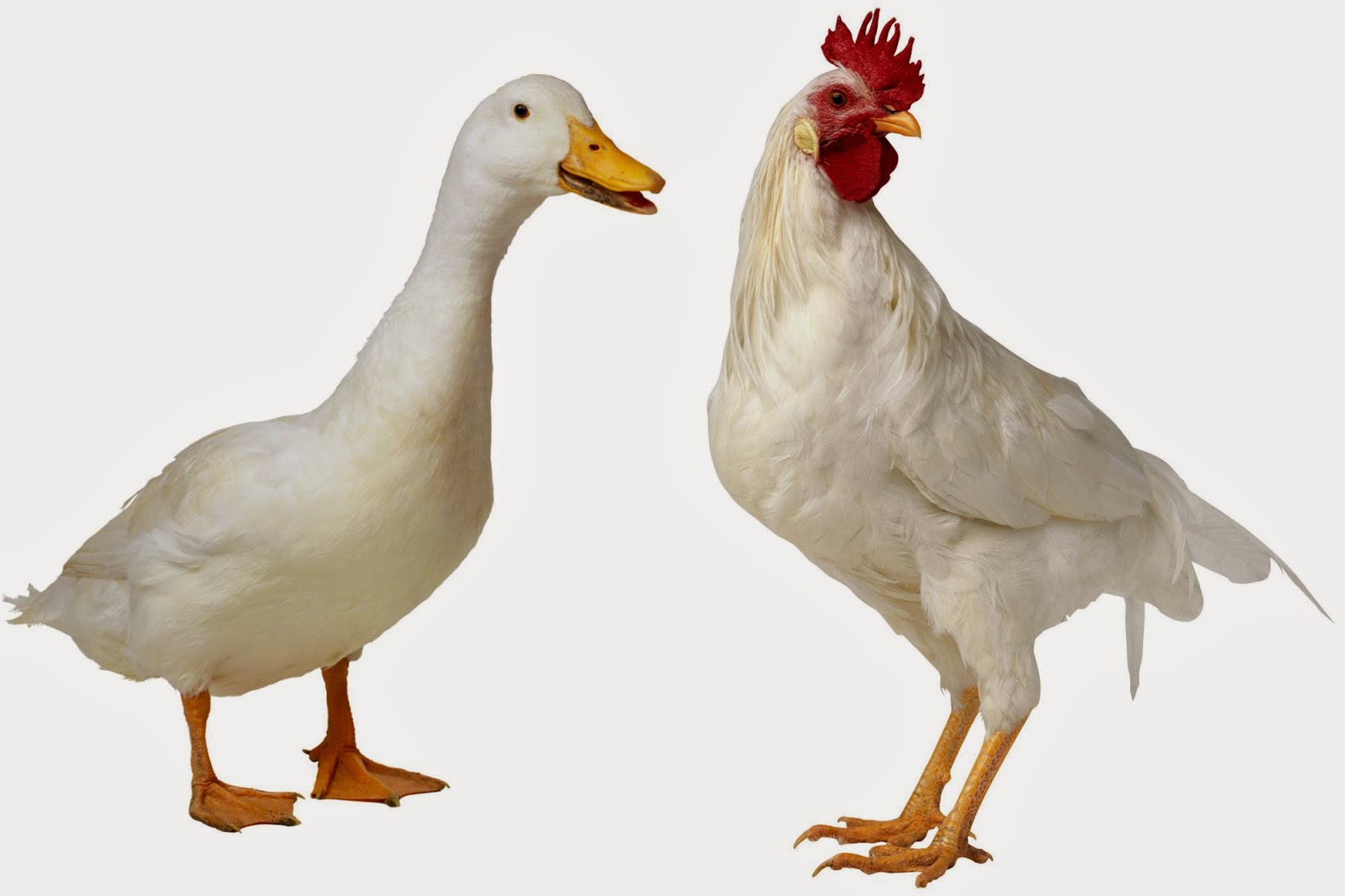
Neon How I Forced a Chicken and Duck To Talk
While chickens also have an oil or preening gland, this substance does not keep their feathers waterproof to the degree that ducks do. The average lifespan for chickens is between 7-8 years where ducks can live for 8-10+ years. A duck can grow to be about 20-24 inches in length and be around 1.6-3.5 lbs. A chicken is typically around 2ft tall.
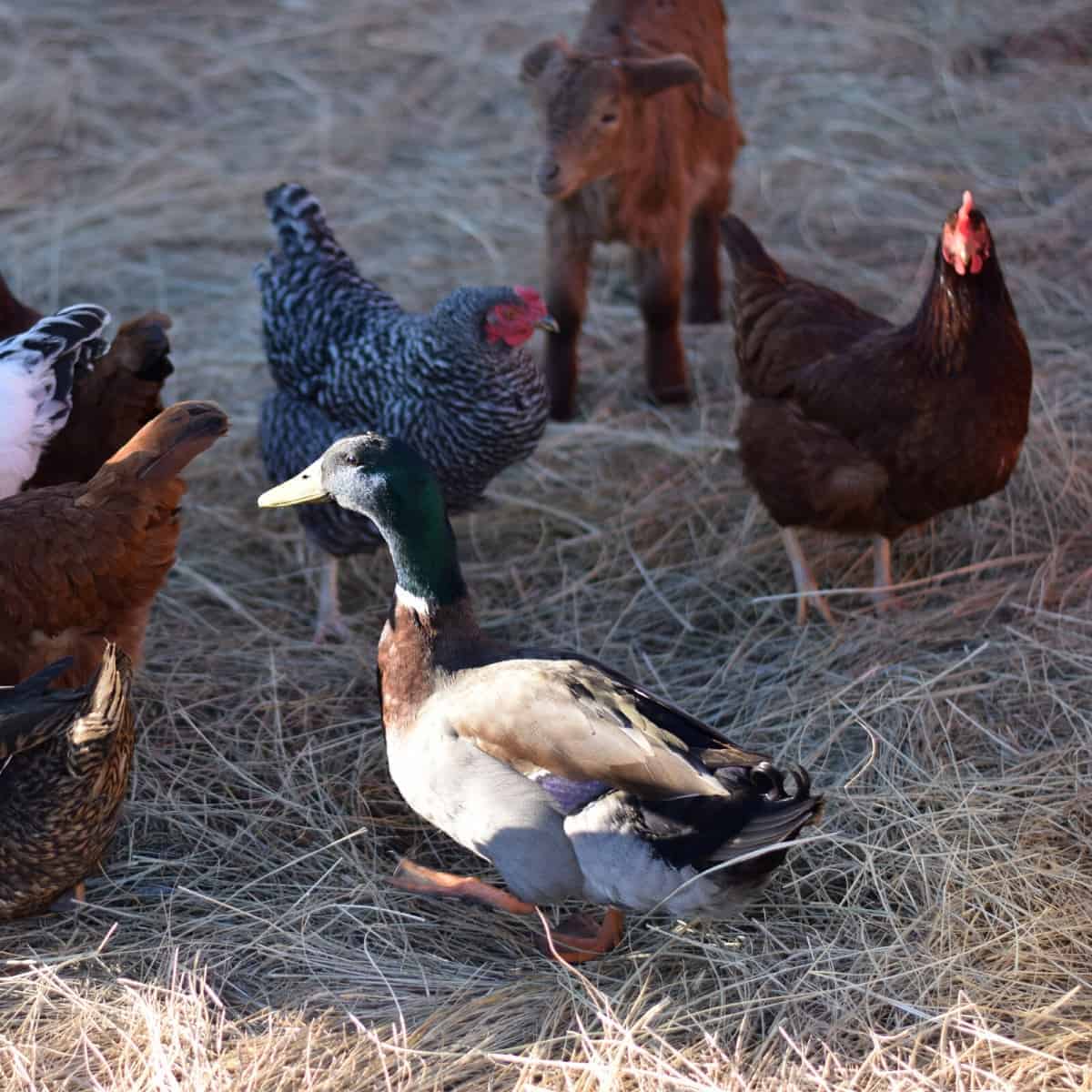
Ducks VS Chickens What are the differences? Boots & Hooves Homestead
Roosters do not have a male member and will have a very hard time inseminating a duck. On the other hand, a hen is probably more likely to die or get sterile from internal damage if mated by a drake. In the unlikely case that a chicken and a duck do succeed in crossbreeding, the embryo is unlikely to develop, and the egg will probably not hatch.

Can a Chicken and a Duck Mate? Possible Hybrid? Eco Peanut
1) Ducks use water to help aid in digestion - ducks will take a bite of food and swish it around with water. This makes it much easier for them to digest. Chickens, on the other hand, need the grit to digest their food. Both use external elements to aid in digestion. 2) Ducks use water to clean their eyes and nostrils.

Chickens vs Ducks Raising Chickens or Ducks on the Homestead
Ducks produce more food because duck eggs are larger than chicken eggs. On average, ducks lay 32-52 pounds (14-23 kgs) of eggs per year. To compare, chickens lay 22-34 pounds (10-15 kgs) of eggs per year. An average duck egg weighs 70 grams or 2.5 oz while an average chicken egg weighs 50 grams or 1.5 oz.
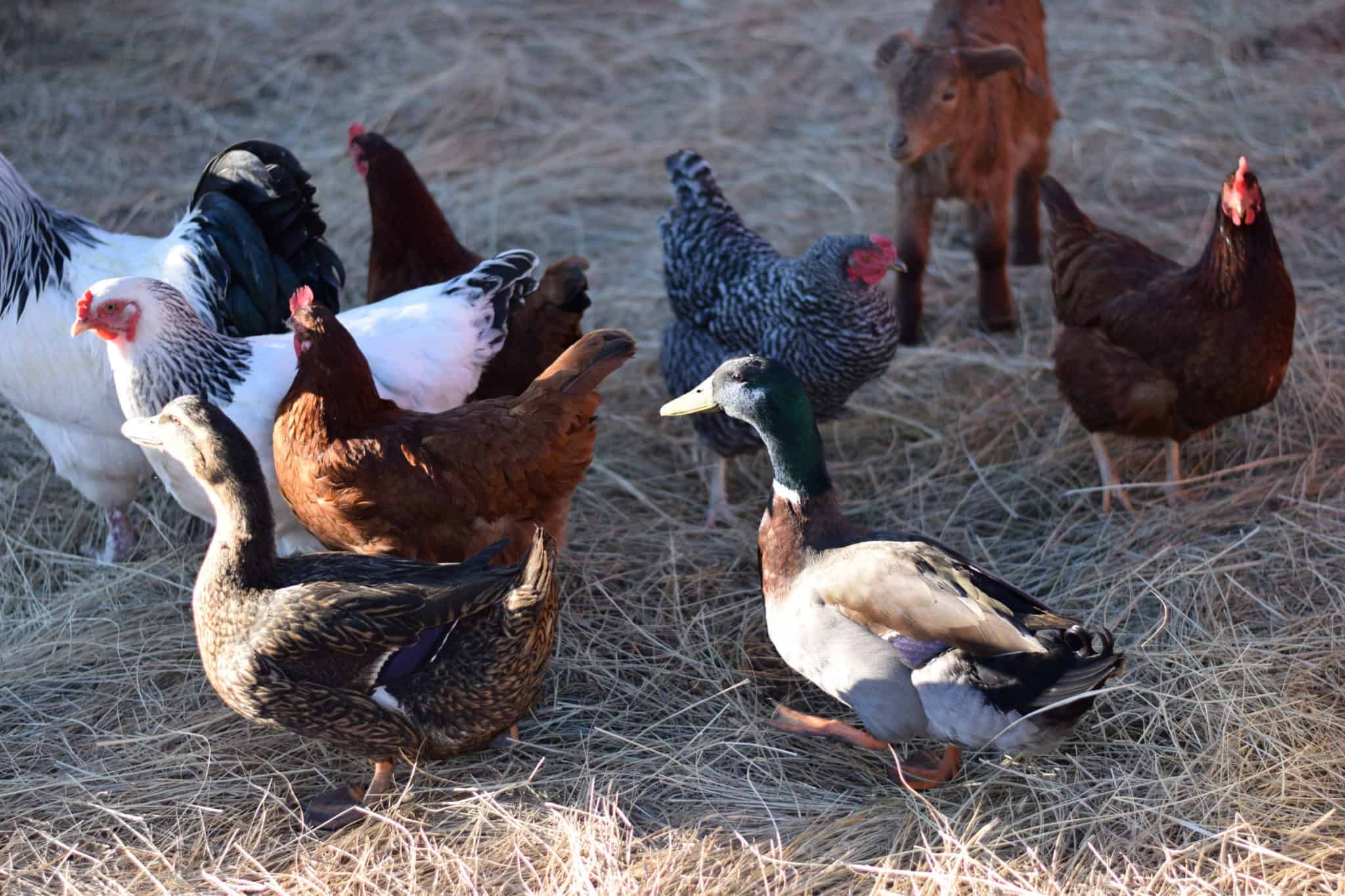
Ducks VS Chickens What are the differences? Boots & Hooves Homestead
A duck's reproductive system is completely different. The external sex organ (i.e. penis) of a drake is used to penetrate the oviduct of a female duck. If a drake tried to mate with a chicken, he could potentially injure it. Even so, the act would most likely be unsuccessful, but it is prudent not to take any chances.
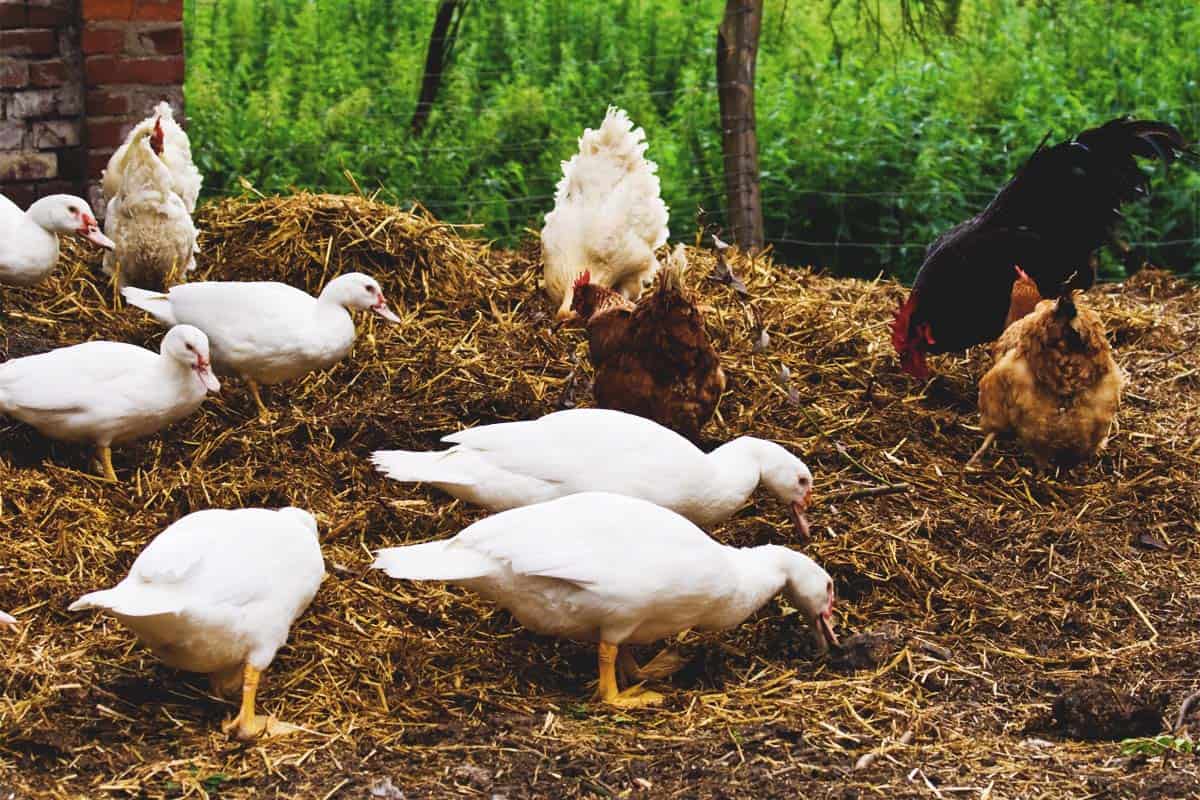
Can You Keep Ducks and Chickens Together?
Chicken And Duck Food. While there are a couple of exceptions you can feed both ducks and chickens regular chicken feed. Ducks can be fed twice a day or be free fed as they won't overeat.. Chicken feed does not have enough niacin in it so you should add niacin to it. Crushed Brewer's yeast powder should be added to the feed at a ratio of 5%.

Raising Chickens and Ducks Together Southeast
The lifespan of a duck is much longer than that of a chicken. A typical duck will live for approximately 10 years. This can vary depending upon their species and their breeding. In good care, chickens can live for up to 4-8 years. This is also dependent upon their breeding and the quality of their diet.
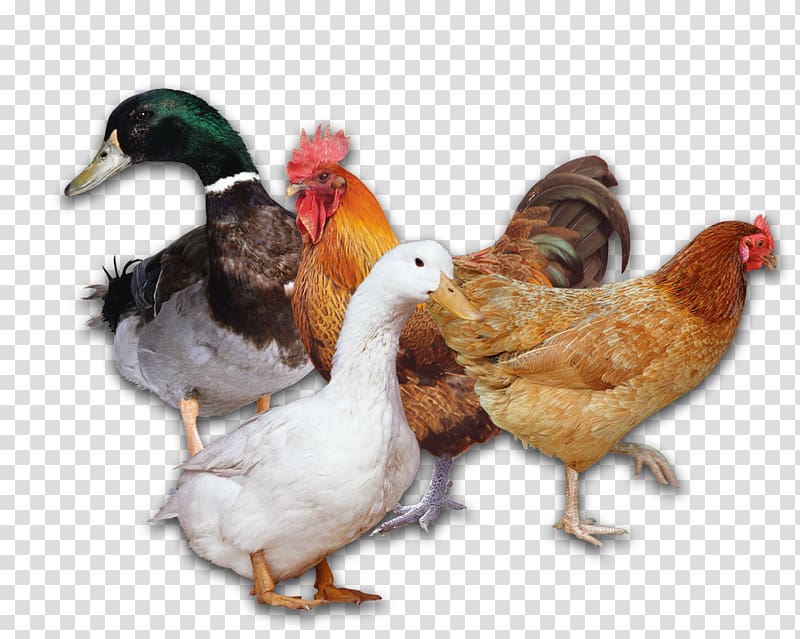
Free download Mallard duck and hen chicken, Duck Chicken Poultry
Khaki Campbell - 250 to 350 large cream or white eggs per year. Buffs - 150 to 225 large cream of white eggs annually. Magpie - 250 to 300 large blue, green, cream, or white eggs per year. Muscovy - 180 to 200 large or extra large white eggs annually. Ducks vs. Chickens For Pest Control And Foraging. When allowed to free range or.

Can ducks and chickens live together? YouTube
The ducks always stay together in a trio - near the chickens but with some distance. Raising ducks and chickens together won't encourage them to be BFFs. In fact, chances are they'll never move pass the acquaintance phase. They might share spaces, but they have no plans to become friends and hang out together.

Coop Cohabitation Can Chickens and Ducks Live Together? Home in the
The dimensions of the duck coop will depend on how many ducks you are currently keeping and plan to house in the future. The duck house size should be 4 square feet of floor space per bird. Typically, ducks make piles out of their bedding material to sleep on. Factor in a few extra inches on all sides to make space for the bunched-up bedding.